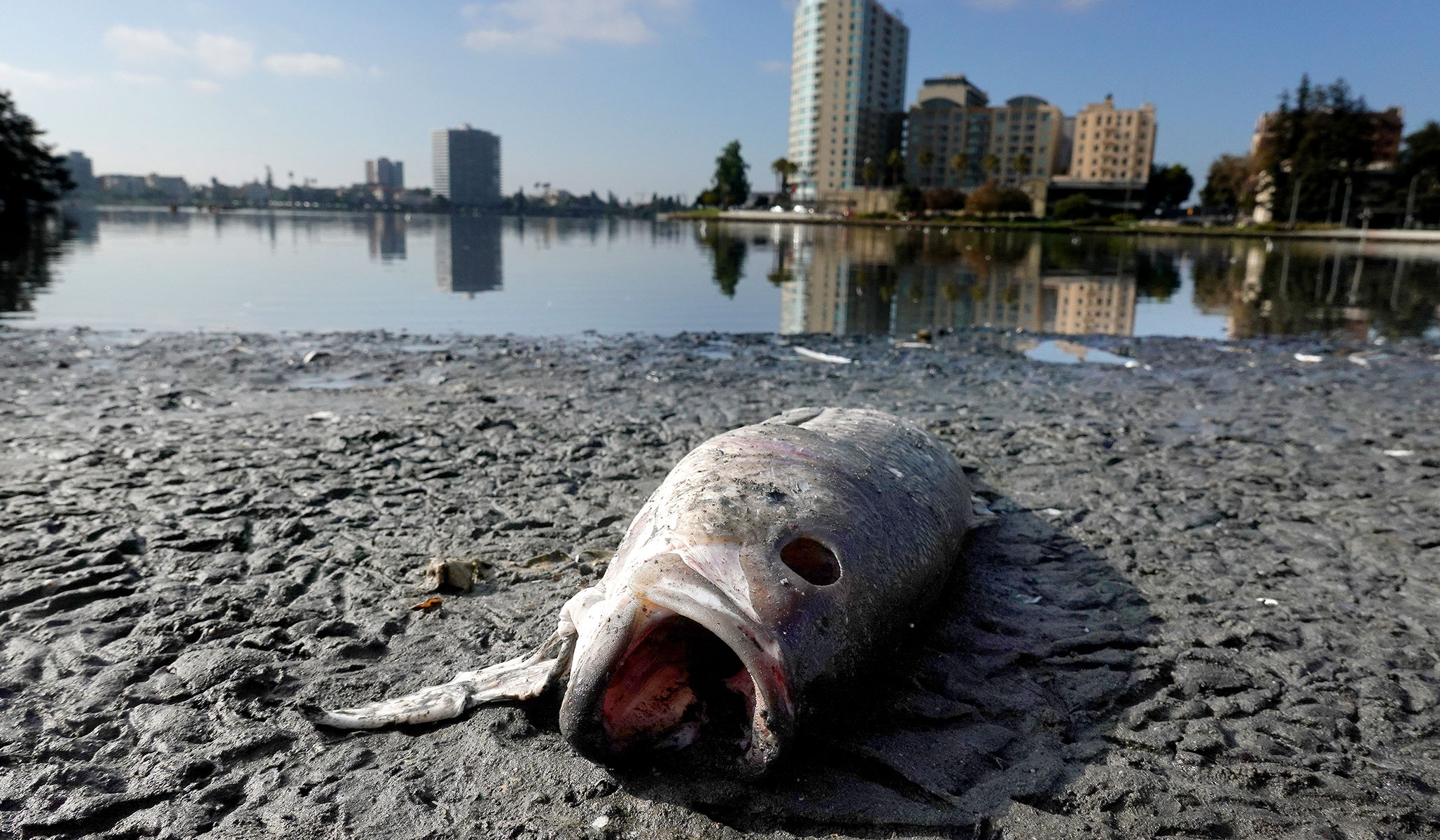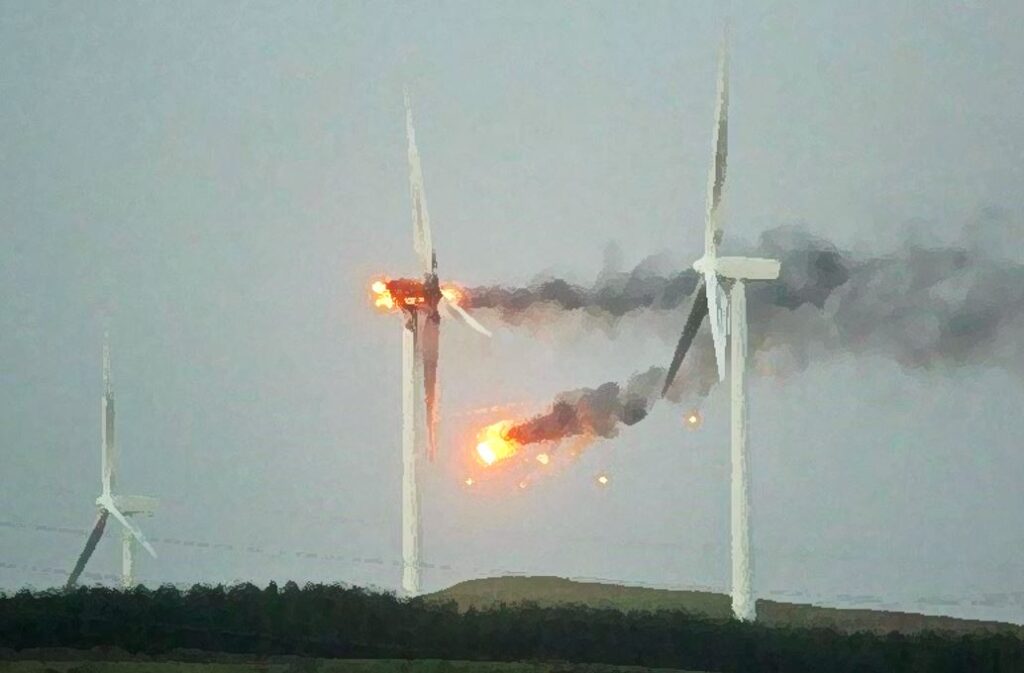Wastewater, Not Climate, Fueled Massive Algae Bloom in ‘Epicenter of Supposed Environmentalism’

By Ryan Mills for National Review Online
It was late July when San Francisco Bay Area residents first grew concerned: the water in a channel near Oakland was turning a murky, tea-colored brown.
Scientists in the region tested the water and found a bloom of algae, Heterosigma akashiwo, that causes a form of what is known as “red tide.” By the end of the August, the bloom had spread throughout the San Francisco Bay. Observers who flew over the bay saw that most of the water had turned a reddish brown. And then came the fish kills: dead sharks, sturgeon, stiped bass, minnows, and other sea life washed up and covered local shores.
The algae bloom was the worst in the San Francisco Bay in almost two decades.
Warm water is typically one of the key ingredients algae blooms need to grow, so many people likely assumed that scientists, environmental activists, and mainstream media outlets would point at climate change as the primary cause of the San Francisco Bay bloom. But that’s not the case. In a report earlier this month, the San Francisco Chronicle confirmed that what fueled the bloom was not a mystery, and it wasn’t the warm weather. Rather, the bloom was fueled by excessive nutrients in the wastewater, or effluent, pumped into the bay by the region’s 37 sewage plants.
“Either you’re treating the effluent to standards that are safe for the receiving waters or you’re not. It doesn’t have anything to do with the climate. Either you have working infrastructure or you don’t. You’re either overflowing raw sewage or you aren’t,” said Kristi Diener, a California clean water advocate, who is also an advocate for the state’s farmers and ranchers.
Diener said the algae bloom and the fish kills, which have since dissipated, caused the Bay Area’s eight million residents and its leaders to wake up to the long-brewing problem. San Francisco Bay has among the highest nutrient levels of any bay or estuary in the world.
“The irony is this is happening in the epicenter of supposed environmentalism,” she said.
This summer’s bloom highlighted a problem that state and local leaders have been aware of for decades: Bay Area wastewater treatment plants, like many similar plants nationwide, treat sewage at a high enough level to prevent direct public health problems, but the wastewater they pump into the bay still contains high levels of nutrients – nitrogen and phosphorus – that feed algae and fuel blooms. Fixing the problem will be expensive, likely costing tens of billions of dollars, but clean water advocates across the political spectrum told National Review that converting sewage plants to treat the region’s wastewater at a higher level is critical for the health of the San Francisco Bay and for the Bay Area economy.
Jon Rosenfield, a senior scientist with San Francisco Baykeeper, an environmental advocacy organization, said conditions for toxic algae blooms have long existed in San Francisco Bay, and they could become more common as nutrient levels increase and temperatures warm. Those blooms are a threat to local tourism and regional fisheries, and could make it harder for local businesses to grow and attract workers, he said. Rosenfield called San Francisco Bay the “unappreciated heart of the Bay Area’s economy.”
“If it’s turning red and killing things and maybe becomes toxic to people for a few weeks out of every year, that is not going to be good for the Bay Area,” he said.





Comments
Comments are closed.